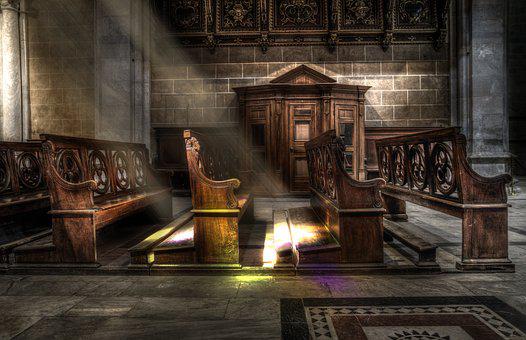Queen Elizabeth II of England has died at the age of 96, just over a year after Pope Emeritus Benedict XVI, with whom she had a cordial relationship…
The memory of the last Pope who visited the United Kingdom and the meeting of the Anglican queen who set out to protect the free practice of all religions throughout her country, but without denying Christ.
The circumstances of Benedict XVI’s trip to England brought the Bishop of Rome and the English Monarch closer to defending Christianity against secularism; she, moreover, was the visible head of the Anglican church – not its spiritual leader –; and both had time to get to know each other better at Holyroodhouse, the official residence of the British queen in Edinburgh, Scotland.
2010 is the year of Pope Benedict XVI’s apostolic journey to Great Britain. The occasion is the beatification of Cardinal John Henry Newman (21.02.1801-11.08.1890), now a saint.
That year, it is worth mentioning as an example that the European Court of Human Rights decided that crucifixes should be removed from Italian schools, and thus a precedent was set at European level.
For his part, Benedict XVI spoke during his journey of the cross as the most evident sign against violence and oppression. He further proposed the example of Thomas Morean English saint who unites Anglicans and Catholics, for his courage in Christian fidelity.
Benedict XVI travels to the United Kingdom at the invitation of the British government. In Birmingham he beatifies Cardinal Newman (September 19), another symbol of the papal itinerary: an Anglican priest who, faced with the secularism of the Church of England in the 19th century, converted to the Catholic Church.
mutual sympathy
Queen Elizabeth II welcomed Benedict XVI a few days before the big event; on September 16 at his official residence. The chroniclers describe his mutual sympathy. She listened to Benedict XVI who asked not to exclude Christianity from public debate.
In addition, before His Majesty, he recalled the bravery of the British who during the Second World War resisted Nazism; a struggle that cost millions of human lives in Christian Europe as a consequence of “atheist extremism”, also speaks of sectarianism and rampant fundamentalism (P. Seewald, Benedict XVI, Una vida, p. 960, 2020).
Later, in 2012, that not only intellectual, but also spiritual affinity was evident on the occasion of the Diamond Jubilee of his reign, Benedict XVI gave him his most affectionate congratulations that speak of his “defense of the principles of freedom, justice and democracyin accordance with a lofty vision of the role of a christian monarch”.
Benedict XVI’s words were addressed to the heart of the leader who, in 1947, on the occasion of her 21st birthday, then-Princess Elizabeth, made a public commitment saying: “I declare before all of you that my whole life, whether long or short, will be dedicated at your service. … God help me to fulfill my vow«.
In 2022, on the occasion of her Platinum Jubilee – she succeeded her father, King George VI, in February 1952 – she was decorated with the Canterbury Cross, a special award from the Church of England, for those who have lent her a exceptional service.
the year 2000
According to her biographers Elizabeth II more than any other monarch, has embodied the title of defender of the faith. This is evident in her Christmas speeches, broadcast on television and radio, a tradition started by her grandfather George V when radio became popular, and continued by her father George VI. Since the turn of the century, she has made her message ever more personal and explicit about her own faith.
In this sense, on Christmas of the year 2000, she addressed the Nation to remember that on that occasion the anniversary of the birth of Jesus Christ, “who was destined to change the course of our history”. Words spoken by a Queen who set out to protect the free practice of all religions throughout her country, but without denying the Cross.
For her relationship with five popes and the last welcoming of a Bishop of Rome into her kingdom, Benedict XVI, Elizabeth II will be remembered as a leader who was instrumental in improving relations between the Church of England and the Roman Catholic Church. . She had seven meetings with the Successors of Peter in total, of which five took place in the Vatican.
Benedict XVI had reminded Elizabeth II of the need to learn from timeless lessons, that is, that the Christian worldview, Christian ethics and its practical spirituality have marked the society that we have inherited to this day.
Elizabeth II, for her part, revealed in a small book published on the occasion of her 90th birthday in 2016, more details about her faith. She described how she continued to be “very grateful” to God “for her unwavering love” for her, writing, “I have really seen her faithfulness.” (The Servant Queen and the King she serves by William Shawcross (2016-01-01).
Benedict XVI, Queen Elizabeth II and their fight against secularism

